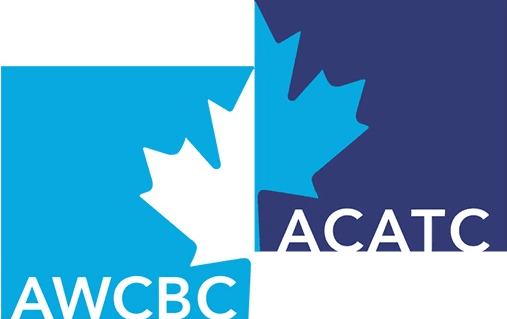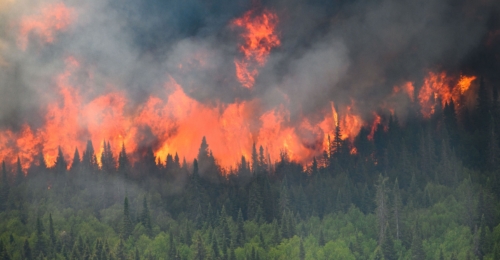Click the interactive map to check all the details related to the wildfires happening in Canada, including current fire locations, evacuation alerts, affected regions, and air quality updates.
As of early June, Canada’s 2025 wildfire season has already scorched over 2.6 million hectares across nearly every province. Record-breaking heat and arid conditions have intensified fire activity from British Columbia to Newfoundland, prompting mass evacuations, air quality warnings across major cities, and growing concerns for worker safety and compensation.
While wildfires are not new to Canada, the sheer scale and impact of this year’s season are unprecedented — and with it comes a surge of implications for workers and the compensation systems designed to protect them.
Rising Health & Safety Risks for Workers
Wildfires introduce multiple layers of risk, particularly for frontline emergency responders and outdoor workers. In 2025, these dangers have intensified:
- Firefighters are facing trauma injuries (e.g., falling trees), heat exhaustion, and prolonged smoke exposure. A serious incident in Manitoba involving a firefighter injury highlights the real-time hazards.
- Outdoor workers — including utility crews, construction staff, and agricultural workers — have been exposed to thick, toxic smoke blanketing large areas. Prolonged inhalation of fine particulate matter can trigger or worsen respiratory and cardiovascular conditions.
- Extreme heat, often concurrent with wildfire events, compounds the risk of heatstroke and dehydration.
- Psychological impacts such as PTSD and burnout are emerging across sectors, affecting not only firefighters but also workers in evacuation centers and cleanup crews.
Workers’ Compensation Claims Surge in Volume and Complexity
Canadian workers’ compensation boards (WCBs) are already observing a notable uptick in wildfire-related claims. The types of claims include:
- Respiratory illnesses tied to smoke exposure (e.g., asthma, bronchitis)
- Heat-related injuries, particularly in sectors requiring strenuous outdoor labour
- Trauma cases, from burns to fractures sustained during firefighting or emergency response
- Mental health claims, with PTSD increasingly recognized and covered under presumptive legislation for first responders
- Occupational disease claims, likely to emerge in coming years due to chronic exposure to smoke and toxins
How Employers and WCBs Are Responding
Across the country, employers and compensation boards are taking urgent action:
Employers:
- Monitoring air quality indexes (AQIs) and modifying work schedules accordingly
- Providing protective gear, such as properly fitted N95 respirators
- Ensuring hydration and rest breaks, particularly during peak heat and smoke conditions
- Evacuating or halting operations when conditions pose immediate danger
WCBs:
- Launching dedicated wildfire claims resources
- Expediting processing for emergency responders
- Promoting mental health services and access to treatment
- Reviewing policies to ensure coverage keeps pace with evolving risk profiles
Notably, the Interjurisdictional Agreement (IJA) has ensured seamless claims processing for workers dispatched across provincial boundaries — a key asset amid widespread interprovincial fire crew mobilization.
Emerging Policy Challenges and Long-Term Implications
The wildfire season has spotlighted critical gaps and future risks:
- Need for enforceable standards: Not all provinces have defined occupational limits for wildfire smoke or heat exposure. Regulatory clarity is needed to enforce protections uniformly.
- Inclusion and equity: Volunteer firefighters, Indigenous emergency responders, and precarious workers (e.g., migrant farm workers) may fall outside conventional coverage. Calls are growing for broader compensation eligibility.
- Systemic strain: A high volume of complex claims can stress accident funds. Long-term funding and rate-setting models may need to evolve.
- Proving work-relatedness: In widespread events, distinguishing between general environmental exposure and workplace exposure will be a critical administrative hurdle.
Ultimately, climate-driven natural disasters like wildfires are becoming more frequent and severe. The workers’ compensation system must adapt — not only through improved claims handling and employer guidance, but also by supporting community-wide disaster prevention and resilience efforts.
Download the full report here

